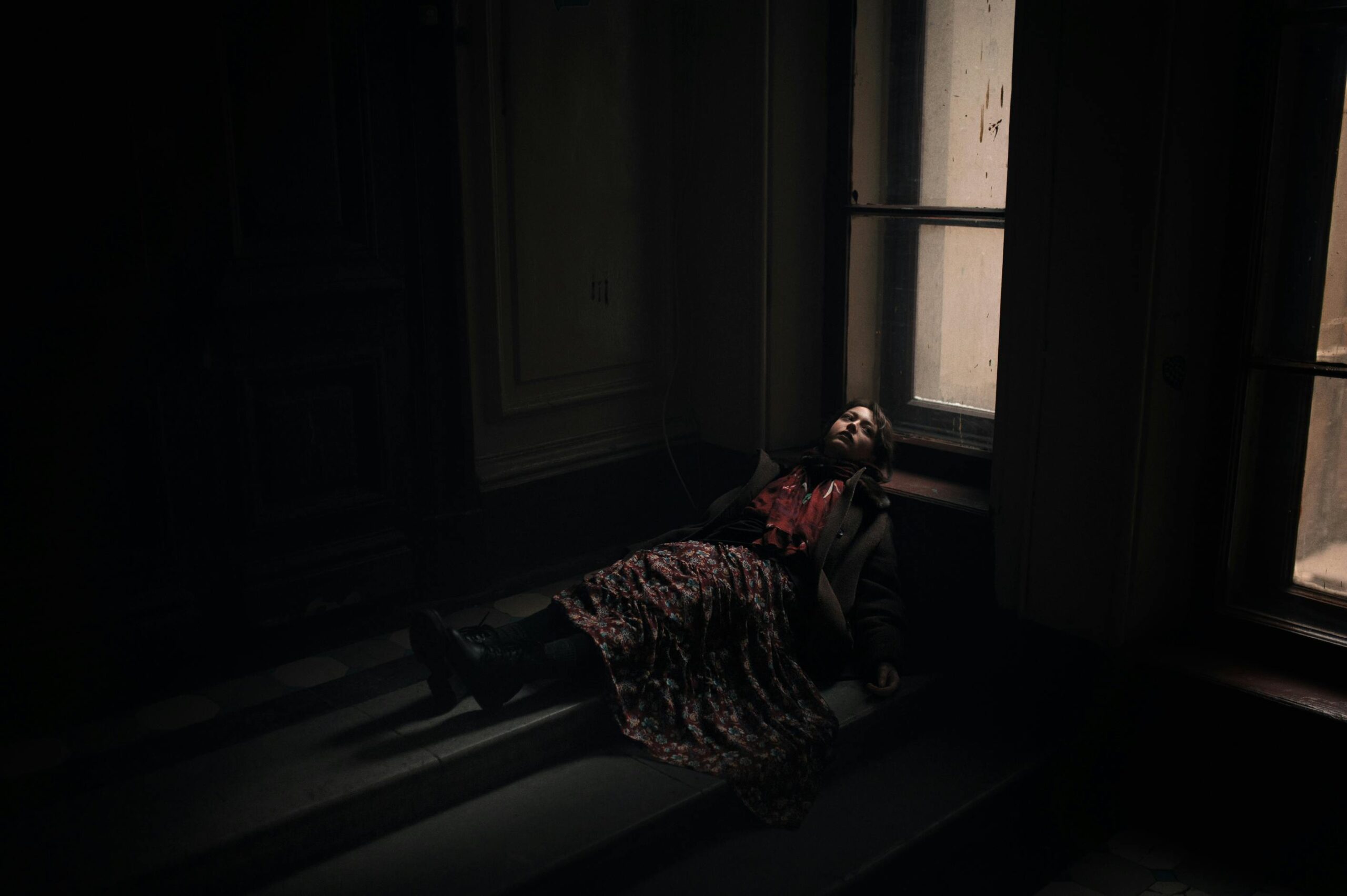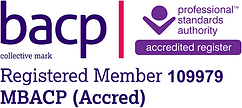SAD, or Seasonal Affective Disorder, is something that many of us suffer with at this time of year and we can find ourselves searching for ways to constructively manage it. When the clocks change and the dark mornings and evenings set in, it can feel like a real struggle to stay positive, energised, and connected to joy. For those affected by SAD, the six months of autumn and winter can feel like an endless waiting game – hoping for the light, both literal and metaphorical, to return.
What Is Seasonal Affective Disorder (SAD)?
Seasonal Affective Disorder is a type of depression that occurs at certain times of the year, most commonly during the autumn and winter months when daylight hours are shorter. It’s thought to be linked to the reduction in natural sunlight, which can disrupt our internal body clock and lower levels of serotonin, a hormone that helps regulate mood.
Symptoms of SAD can vary from mild to severe and may include:
- Persistent low mood or feelings of sadness
- Lack of energy and fatigue, even after sleeping
- Difficulty concentrating
- Increased cravings for carbohydrates and weight gain
- Loss of interest in activities you usually enjoy
- Sleep problems, such as oversleeping or difficulty waking up
- Feeling more irritable than usual
If this sounds familiar, you’re not alone. It’s estimated that around 3-6% of the population in the UK experience SAD, while a milder form, known as the “winter blues,” affects many more people.
How to Recognise SAD in Yourself
Recognising SAD can be tricky because it often mimics the symptoms of other forms of depression. However, the key distinction is the seasonal pattern. If you notice that your low mood and lack of energy consistently align with the shorter days and improve as spring approaches, this could be a sign of SAD.
Keeping a journal to track your mood, energy levels, and sleep patterns throughout the year can help you pinpoint any seasonal trends. It’s also worth consulting a healthcare professional to confirm the diagnosis and discuss treatment options.
Tips for Managing SAD
While SAD can feel overwhelming, there are several effective strategies to help manage symptoms and make the darker months more bearable:
1. Light Therapy
One of the most popular treatments for SAD is light therapy. This involves using a specially designed lightbox that mimics natural sunlight. Spending 20-30 minutes in front of a lightbox each morning can help regulate your body clock and boost your serotonin levels.
Many people find that incorporating light therapy into their morning routine makes a noticeable difference within a couple of weeks.
2. Maximize Natural Light
While we can’t control the length of the days, we can make the most of the sunlight available. Try to spend time outdoors during daylight hours, even if it’s just a short walk at lunchtime. Keep your curtains open and arrange your workspace near a window to let in as much natural light as possible.
3. Stay Active
Exercise is a powerful mood booster, thanks to the release of endorphins. Regular physical activity – whether it’s yoga, a brisk walk, or a dance class – can help combat fatigue and improve your overall sense of well-being.
4. Prioritise Sleep
SAD can throw your sleep patterns out of sync, so it’s important to establish a consistent sleep routine. Go to bed and wake up at the same time each day and create a calming bedtime routine to signal to your body that it’s time to wind down. Avoid screens in the hour before bed, as blue light can interfere with melatonin production.
5. Eat a Balanced Diet
Craving comfort foods like pasta and sweets is common with SAD, but a balanced diet can help stabilise your mood and energy levels. Incorporate plenty of fresh fruits, vegetables, whole grains, and protein into your meals. Foods rich in omega-3 fatty acids, such as salmon, walnuts, and flaxseeds, are particularly beneficial for brain health.
6. Stay Connected
Isolation can make SAD symptoms worse, so try to stay socially active. Reach out to friends and family, join a group or class, or even schedule regular check-ins with a therapist. Sometimes, just talking about how you’re feeling can be incredibly cathartic.
7. Consider Professional Support
If your symptoms are severe or don’t improve with lifestyle changes, it’s important to seek professional help. Cognitive Behavioural Therapy (CBT) has been shown to be effective for SAD, as have certain antidepressant medications. Your GP should be able to help you explore these options.
Finding Joy in the Darkness
While the darker months can feel like a challenge, they also provide an opportunity to slow down and embrace a different kind of rhythm. Cozy evenings with a good book, winter walks wrapped up in scarves, or learning a new hobby can all bring small moments of joy.
Remember, you’re not alone in this. Whether it’s through light therapy, connection with others, or a gentle reminder to take things one day at a time, there are ways to get through the season with kindness and care for yourself. And when spring does return, it will feel all the brighter for having weathered the winter.
Final Thoughts
If you’re struggling with SAD, know that it’s okay to ask for help. There’s no one-size-fits-all solution, but with the right combination of strategies, you can find ways to cope and even thrive during the darker months. You’ve made it through before, and you will again. The light will return – and so will you.






